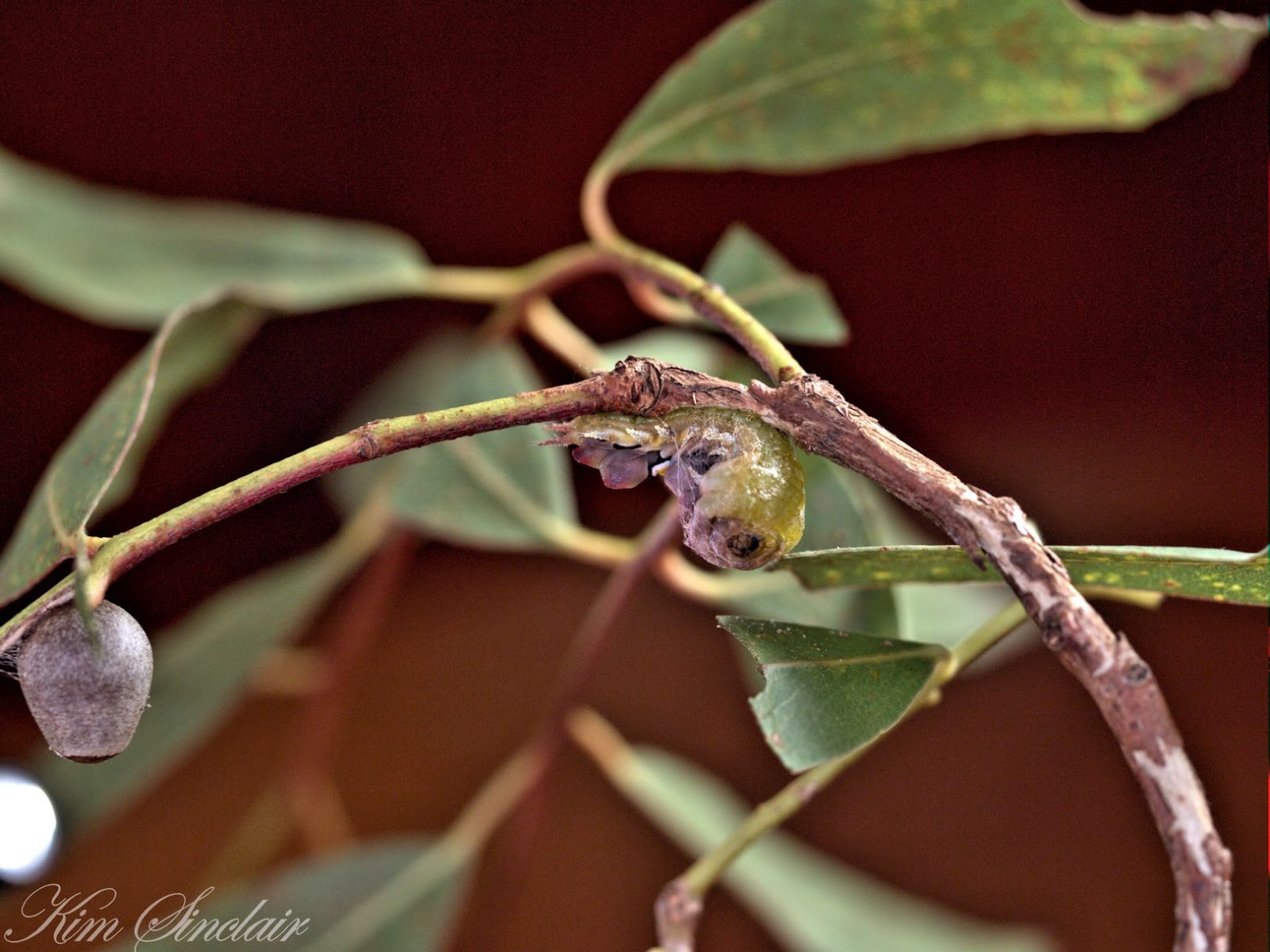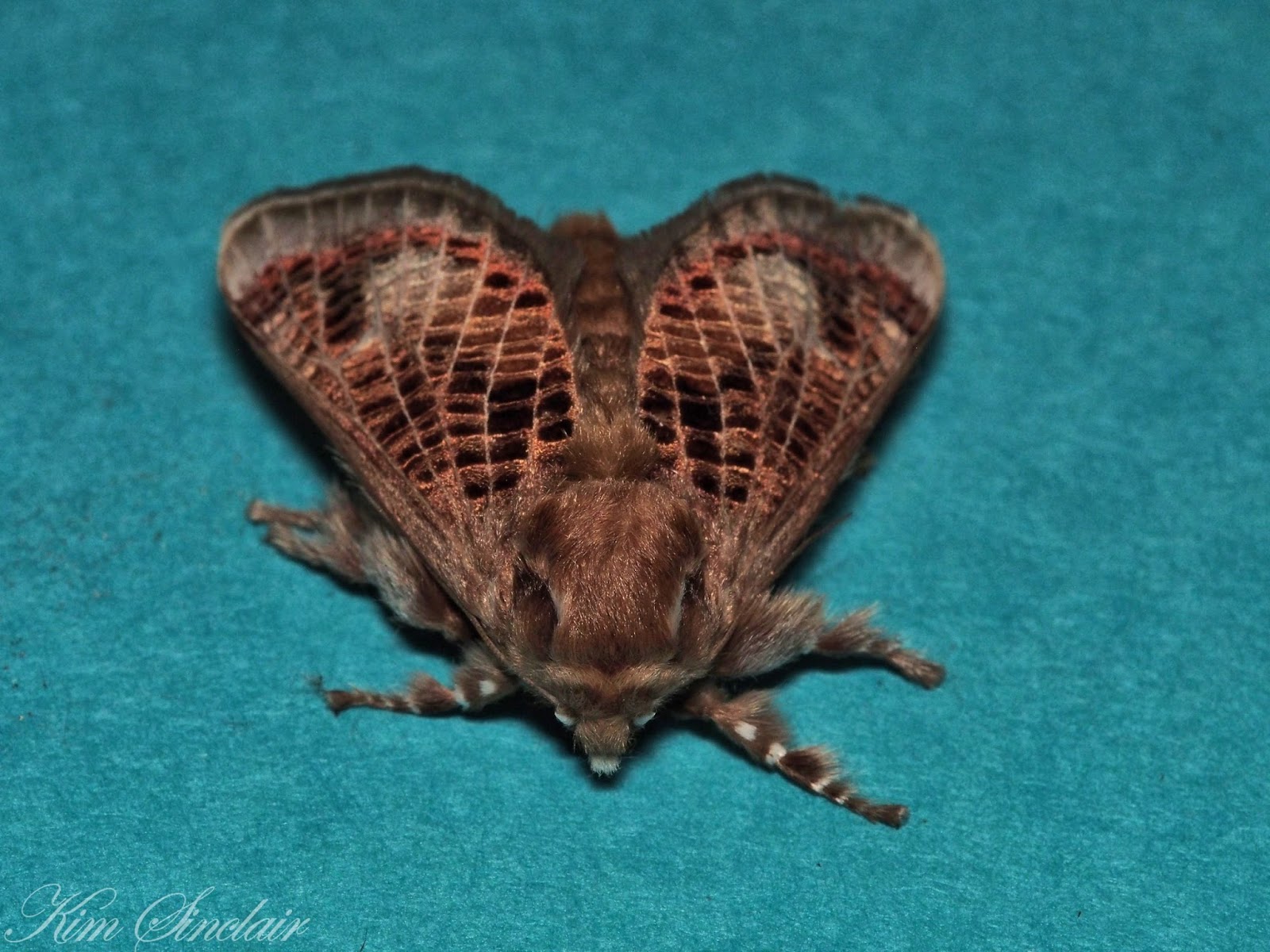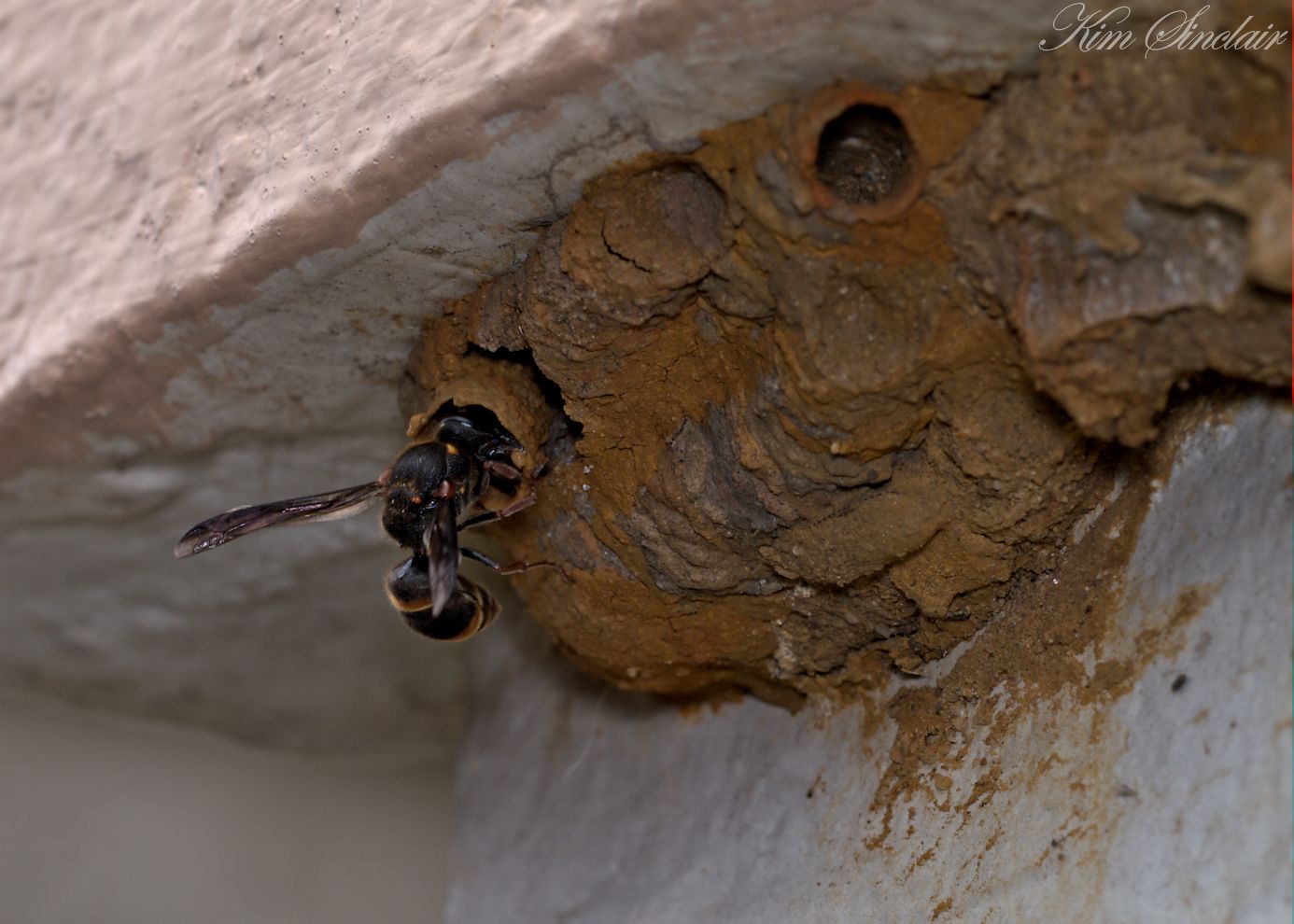Summer became hotter and the garden suffered from the intense heat especially the Hydrangeas and ferns. We had several days of temperatures over 40C degrees and an extended period of no rain. Eventually, we got some slightly lower temperatures but it became humid and unpleasant to be out and about in.
We finally got some relief last Saturday night with some cooler air and a shower of rain. Some areas of Melbourne received more but ours was only an overnight thing and hasn't returned since.
 |
| Hydrangea flower after a week of extremely hot temperatures. |
Despite the heat, there is still life in the garden although it seems to vary, and I found some new creatures I hadn't noticed before. Maybe I have just been looking with sharper eyes but I have certainly been pleased when I find a different fly, wasp or other insect that I had no idea existed there.
One such creature is the Green Lacewing larva which curiously adorns itself with debris as a kind of disguise or protection from other predators. This insect larva feeds on moth eggs and small larvae/caterpillars, scale insects and white flies. So these are beneficial in gardens, particularly when growing food crops and are used as a safe, chemical free, biological control as explained on the
Good Bugs site. I have found a few of these now and the first two photos below show one that is the least adorned with debris and in fact, seemed to have difficulty keeping it on its back. The two photos below that are of another which had quite a lot of what looked like insect castings and maybe even a spider leg! Remember that these are very small and they also move around a lot so being able to see properly the details of its strange armour is not easy but as you can see, I found them fascinating and have shared my photos so you can be amazed also.
 |
| Green Lacewing larva with debris precariously balanced on its back. |
 |
Green Lacewing larva with debris falling off with a clear view of its spiny hairs and large pincers.
 |
| Green Lacewing larva with insect or spider casing on its back |
 |
This Green Lacewing Larva seems to have a 'tail' which looks like a spider's leg to me.
|
|
Another predator which I have seen quite often flying purposefully around the garden or sitting quietly on a plant where I could get a better view and photo, was the Robber Fly. These flies are stealthy hunters of flying insects in a similar way to dragonflies and have been known to catch bees. They have strong claws and, once prey are caught, they are injected with powerful enzymes to dissolve their insides which is then sucked out through the straw-like proboscis. So as you can see,
not all flies are pests.
 |
| Robber Fly resting on leaf |
Th final predator I want to mention is the namesake of this BLOG; the Praying Mantid or Mantis if you prefer. I have still come across one of the green mantids like the ones that hatched on or near the Hydrangea and spent their first days of life there and they are either adult or sub-adult by now but today when I went out to pick some vegetables for salad, I noticed a brown mantid among the rocket plants. It stood out quite a bit being reddish-brown but since the cabbage white butterflies are hovering around and feeding on the flowers there, the likelihood of catching a meal was quite good.
And yesterday, nearby on the side fence, I saw a large green mantid wandering along near the top. It also stood out a lot and I was telling it (as I'm inclined to do) to move along and get onto some foliage where it would not stand out and fall prey to a insect or bird predator.
 |
| Brown praying mantid among the rocket. It was facing downward but I think it is easier to look at up the right way. |
 |
| Green Praying Mantid glowing in the late afternoon sun on the fence railing. |


























